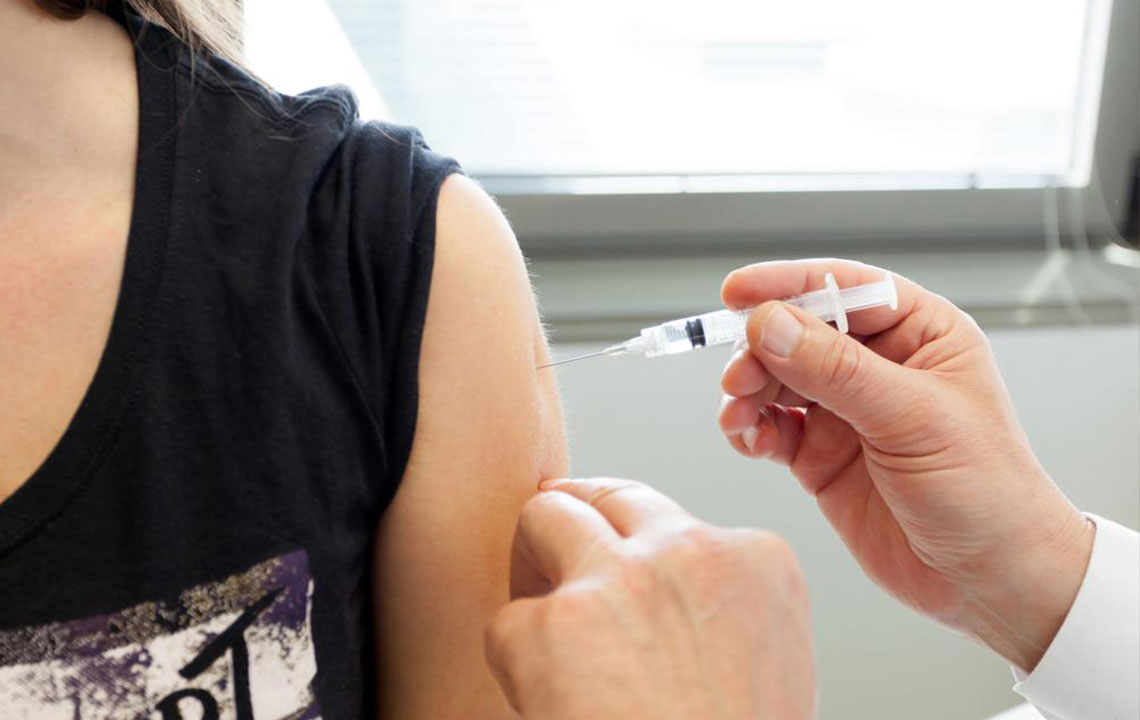Causes, Tests Treatments, Risks and Symptoms of Bacterial Meningitis
Bacterial meningitis is so severe that it can cause permanent disability, stroke, sepsis, paralysis and even death. It is the most dangerous of all kinds of meningitis. Thus, it calls for immediate medical attention.
Meningitis is the inflammation of the membranes known as meninges that outline the brain and the spinal cord. Meningitis can be viral, parasitic, non-infectious, bacterial and fungal. While viral is the most common type, bacteria is the most serious one.

The mortality rate was 34% for bacterial meningitis in 2006, and about 50% people have gone through long-term effects even after recovery. This is why it is essential to start the treatment with antibiotics as soon as it is diagnosed.
The bacteria causing bacterial meningitis include Streptococcus pneumonia and Group B Streptococcus. It is to be noted that vaccines have noticeably reduced the occurrence of bacterial meningitis.
Facts about Bacterial Meningitis
A few facts about bacterial meningitis are given below:
- Between 2003 and 2007, about 4100 cases were registered every year in the USA of bacterial meningitis. Approximately 500 of them were fatal.
- Bacterial meningitis is the second most common but the most severe kind of meningitis.
- Infants are at higher risk of bacterial meningitis. It spreads in places with a massive gathering like college campuses.
- Early signs of meningitis include a headache, stiff neck, vomiting, nausea, confusion and sensitivity to light. It is imperative to seek immediate medical attention when meningitis strikes.
- To prevent meningitis, it is important to vaccinate yourself. Three types of meningitis are Hib, Streptococcus pneumonia, and Neisseria meningitides, which need to be prevented by vaccines.
Causes and Risk Factors
The bacteria causing bacterial meningitis include:
- Neisseria meningitides
- Haemophilus influenza type B
- Listeria monocytogenes
- Streptococcus pneumonia
- Group B Streptococcus
People are affected by different strains as per their ages. Meningitis-causing bacteria pass from person to person. It can happen through droplets in sneezes and coughs or through spit or saliva. The bacteria can spread through food as well.
Group B streptococcus can pass from mothers to infants during delivery. Some people are carriers of the bacteria, but they do not have the symptoms. Living with people who are carriers or have the condition increases the risk of others getting it.
In order to prevent meningitis, it is important to adhere to the recommended vaccination schedule. The leading cause of bacterial meningitis in children below five years old is H. influenza in those countries where Hib vaccine is not offered.
Risk Factors
While bacterial meningitis can happen to anybody at any age, it is the infants who are at high risk of getting this condition.
Other risk factors include:
- An anatomical defect or trauma like skull fracture, any kind of surgery that may allow the bacteria to find a way to the nervous system.
- An infection in the neck or head area.
- Spending time community places like collects and school.
- Traveling to or living in specific locations like sub-Saharan Africa.
- Weakened immune system due to medical treatment or condition.
- Working in places like laboratories where there is the presence of meningitis pathogens.
Recurrent bacterial meningitis is rare but possible. About 59% of chronic cases happen due to anatomical defects and 36% due to a weakened immune system.
Symptoms of bacterial meningitis
As per the Centers for Disease Control and Prevention, meningitis symptoms can appear over a few days or suddenly. Usually, it develops within 3 to 7 days after the infection. It is important to look out for symptoms of bacterial meningitis.
Early symptoms of this disease include:
- Fever
- Vomiting and nausea
- Stiff neck and headache
- Sensitivity to light
- Cold hands or feet
- Mottled skin
- Confusion
- A rash that refuses to face under pressure
Advanced stage symptoms include coma and seizures.
Symptoms of bacterial meningitis in infants include:
- Rapid breathing
- Irritated and refuse to have food
- Give a high-pitched moan or cry excessively
- Be floppy, listless, stiff with jerky movements
The fontanelle may be bulging as well.
Meningitis Rash Glass Test
If blood leaks into the tissue under the surface of the skin a meningitis rash appear.
It would appear as small spots in a part of the body and then would spread rapidly looking at fresh bruises.
The glass test can be of help in identifying a rash causing due to meningitis.
Method
1. Press a drinking glass against the rash firmly.
2. If the outbreak loses color or fades under pressure, then it is not a meningitis rash.
3. If that does not happen, consult a physician immediately.
Treatment
Meningitis patients need to be admitted to hospitals and the sometimes intensive care unit as well for treatment. Antibiotics have to be started before the tests are done and even before coming to the hospital. Treatment for meningitis include corticosteroids, antibiotics, anticonvulsants, acetaminophen or paracetamol, oxygen therapy, sedatives, and fluids.